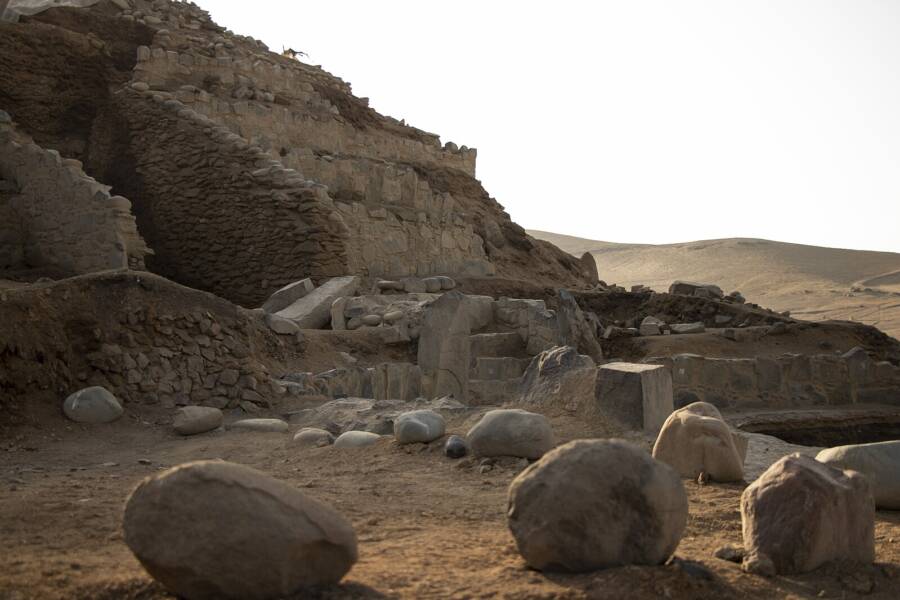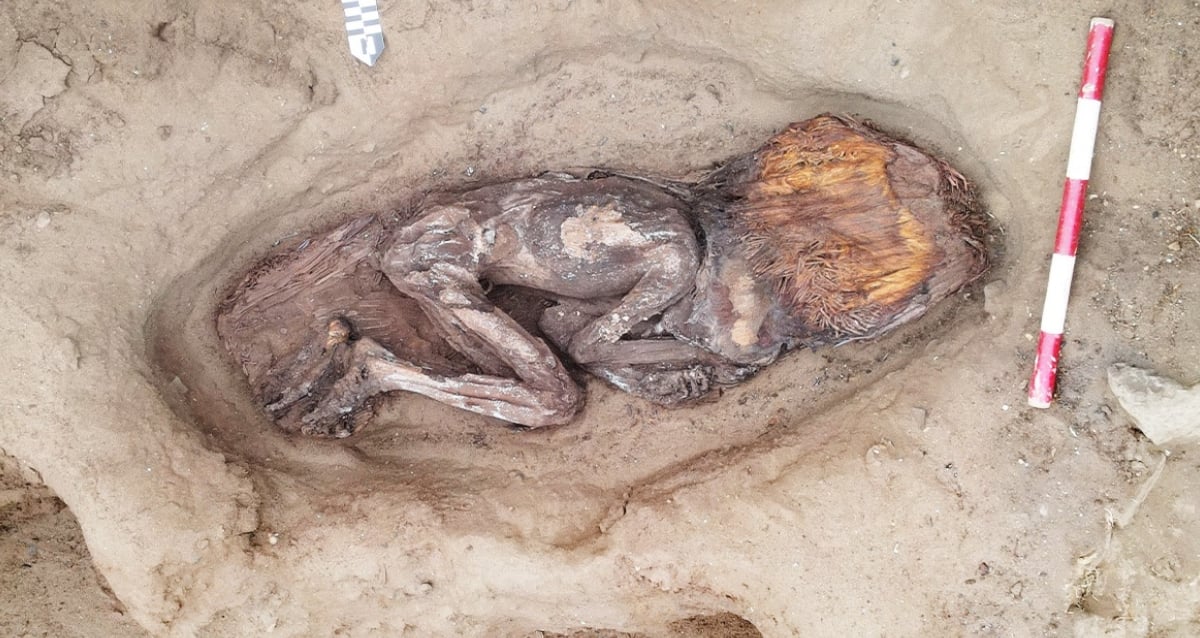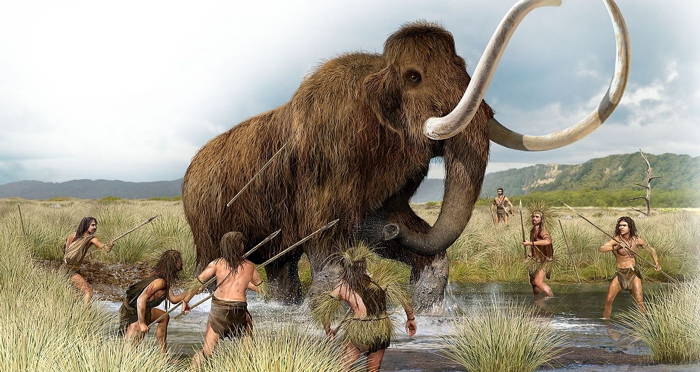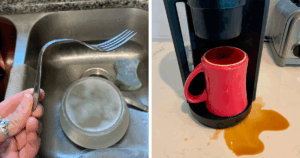Mystery of the 5,000-Year-Old Elite Woman: Why Was She Buried with a Rare Toucan’s Beak?
What Was The Caral Civilization?
The Caral civilization lasted from around 3000 to 1800 B.C.E. — about the same time the Egyptian pyramids were being built. Its central city, Caral, was located about 100 miles north of Lima in the Supe Valley of central Peru, but the society consisted of some 30 interconnected settlements.
One of these was Áspero, where the elite woman’s remains were found. Áspero was located just a half-mile from the Pacific Ocean, and the people who lived there relied heavily on fishing and trade.

Id hiroki/Wikimedia CommonsThe ruins of a building at Áspero, the ancient fishing village where the grave was found.
The Caral people had no known system of writing, so researchers rely on archaeological discoveries to learn about their society. Excavations at Áspero have been ongoing for 20 years, and in that time, experts have uncovered a trove of artifacts that shed light on the ancient civilization.
In 2016, the grave of another woman who also seemingly held a high position in Caral society was uncovered at Áspero. She was buried with a set of carved brooches and became known as the “Lady of the Four Tupus.”
As Palomino told Reuters, the discovery of this most recent grave nearly a decade later only strengthens the evidence that “not only men had an important association in this civilization, but this was also complementary with that of women.”
After reading about the burial site of an elite woman of ancient Peru’s Caral civilization, explore more of the ancient world through 25 photographs of the Aztec pyramids. Then, go inside nine unsolved ancient mysteries that continue to baffle experts to this day.













